Embarking on a culinary adventure can be thrilling, but not all dishes are worth the risk. While most cuisines boast delightful specialties, some dishes are best left untasted. In this blog post, we explore ten of the worst dishes from around the world that you might want to steer clear of. Whether it’s due to unusual ingredients or questionable preparation methods, these culinary creations have earned a notorious reputation.
From pungent aromas that overwhelm the senses to textures that defy expectations, these dishes push the boundaries of what many consider appetizing. While food often reflects cultural heritage and traditions, some dishes have become infamous for their ability to shock and repel rather than delight. This isn’t a critique of their cultural significance but rather a light-hearted look at foods that leave even adventurous eaters with second thoughts.
Prepare to uncover some of the strangest, most challenging dishes ever served. Whether you’re a seasoned foodie or someone who prefers to play it safe, this list will surely spark curiosity—and perhaps a little relief that you’re not sitting at the table. Let’s dive into the world of the bizarre and the bold as we reveal the top 10 dishes you might think twice about trying.
1. Casu Marzu
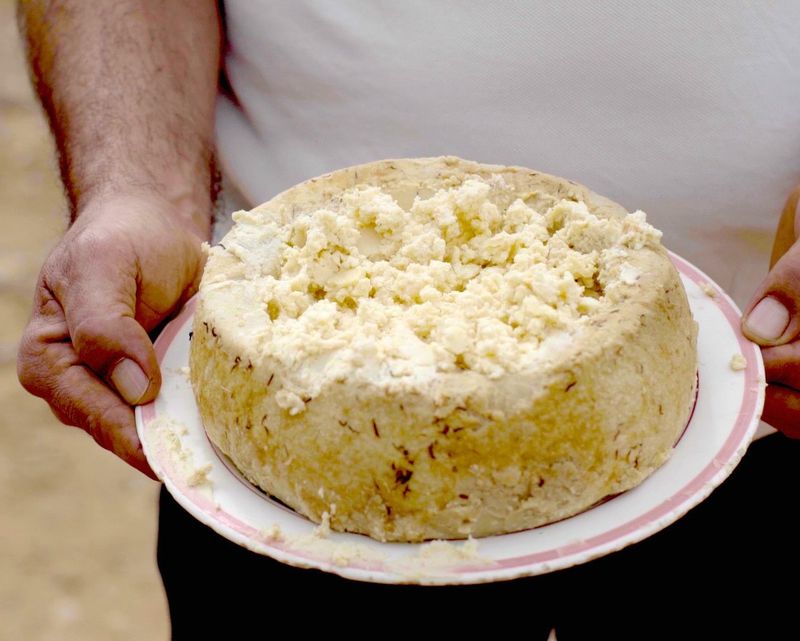
Casu Marzu, a Sardinian delicacy, is infamous for its unique preparation involving live insect larvae. The cheese undergoes fermentation, promoting maggot infestation that softens its texture.
For many, the sight of wriggling larvae is enough to turn away. The complex flavors, a blend of tanginess and pungency, challenge even the most adventurous palates.
Consuming Casu Marzu is not just an acquired taste but a daring culinary feat. Daring gourmands seeking thrill might attempt it, but it’s wise to consider the health risks involved.
2. Hákarl
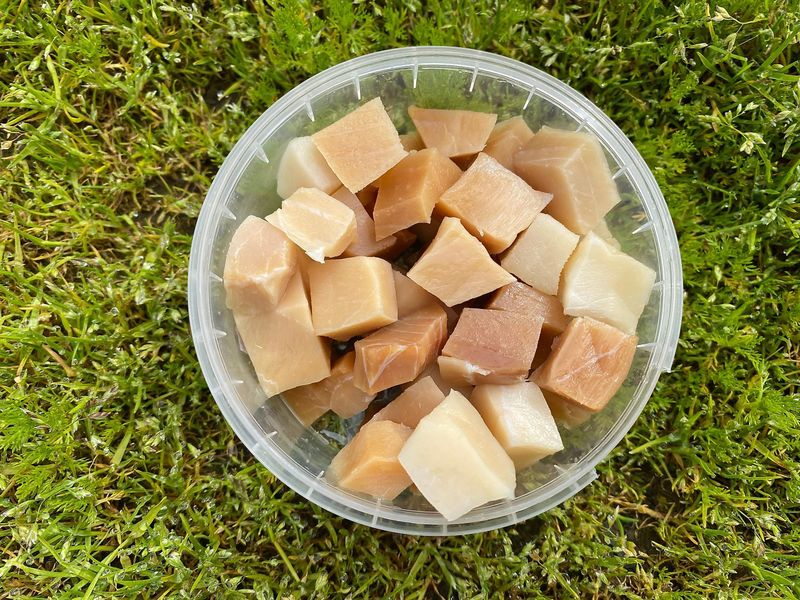
Notorious for its overpowering ammonia scent, this traditional Icelandic dish pushes the boundaries of adventurous eating. Made from Greenland shark, it undergoes a lengthy fermentation process to become remotely palatable.
The sharp, fishy flavor presents a challenge that many struggle to endure. Often considered an acquired taste, it holds a special place as a cultural rite of passage in Iceland.
While its heritage is deeply rooted in Icelandic tradition, this dish is certainly not for the faint-hearted. Those daring enough to try it must prepare for a sensory experience that few can genuinely savor.
3. Balut

A fertilized duck egg with a partially developed embryo, this Filipino street food is boiled and eaten straight from the shell.
The sight of the embryo, often complete with feathers and bones, can be challenging for many to stomach. Yet, enthusiasts swear by its unique combination of textures and the rich, savory flavors it offers.
Though a beloved cultural staple in the Philippines, it remains a polarizing dish. For adventurous eaters and curious travelers alike, it’s worth contemplating both the sensory experience and the ethical considerations before taking a bite.
4. Surströmming
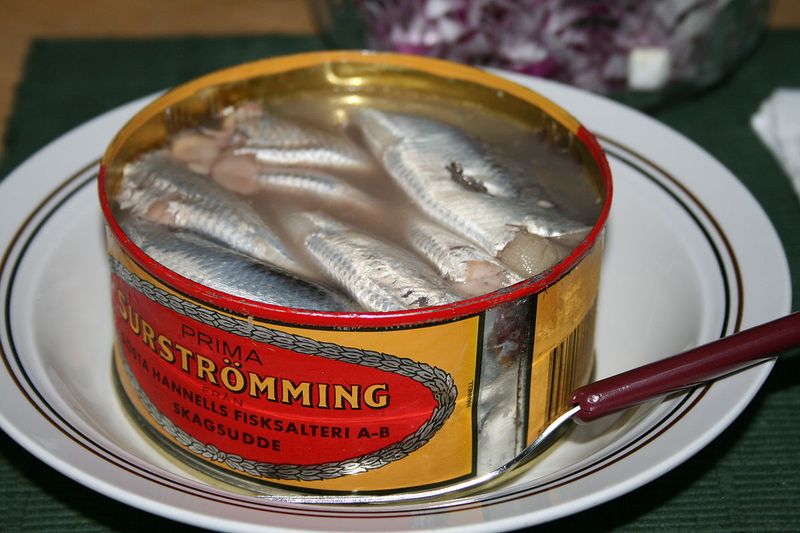
Surströmming, a Swedish delicacy, is famed for its overpoweringly pungent aroma. This fermented herring is typically consumed outdoors to minimize olfactory impact.
The strong scent makes it a daunting challenge for many. However, enthusiasts enjoy its tangy, salty flavor, often paired with bread and potatoes.
Approaching Surströmming requires courage and a sense of adventure, as the experience is as much about endurance as it is about taste.
5. Century Egg
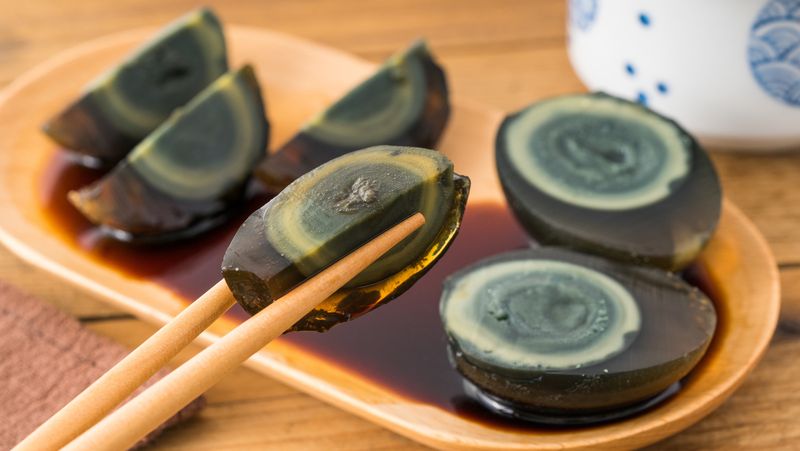
This Chinese delicacy stands out for its striking appearance and bold flavor. Preserved for weeks in a mixture of clay, ash, and other ingredients, the egg transforms into a dark green or black masterpiece.
Its gelatinous texture and sulfuric aroma can be a challenge for the uninitiated. However, those who dare to try it often discover a rich, umami taste that has earned it a loyal following.
Although celebrated by many for its unique qualities, the Century Egg isn’t for every palate. It’s best approached with a sense of curiosity and a willingness to embrace the unexpected.
6. Shiokara
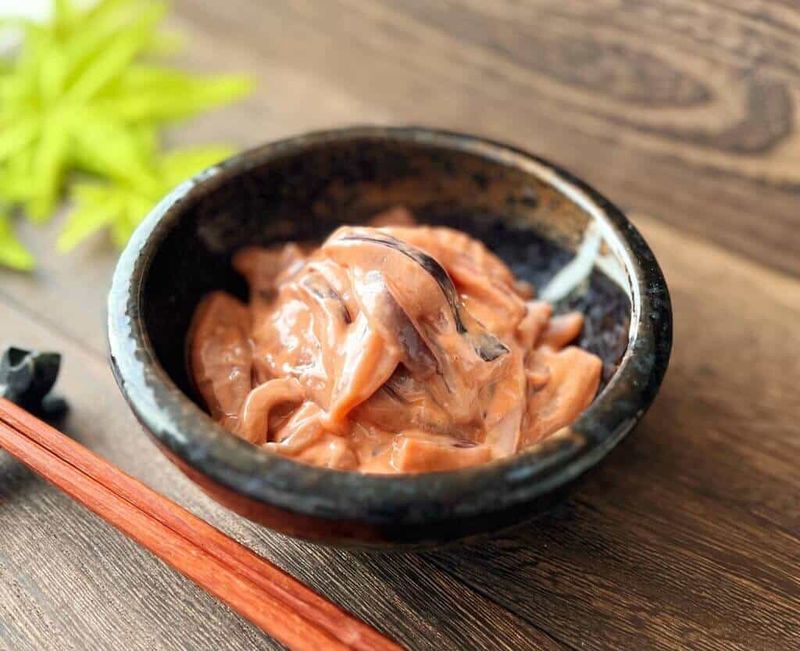
A bold entry in traditional Japanese cuisine, this fermented seafood dish is known for its intense flavor and pungent aroma. Often paired with sake, it delivers a salty and powerful taste experience.
The slimy texture and overpowering scent can be off-putting to newcomers. Yet, for those who persist, Shiokara reveals a depth of complex flavors that connoisseurs savor in small, deliberate bites.
Not for the faint of heart, this dish is a daring choice for adventurous food explorers. It may take more than one attempt to fully appreciate its unique and challenging character.
7. Tuna Eyeballs
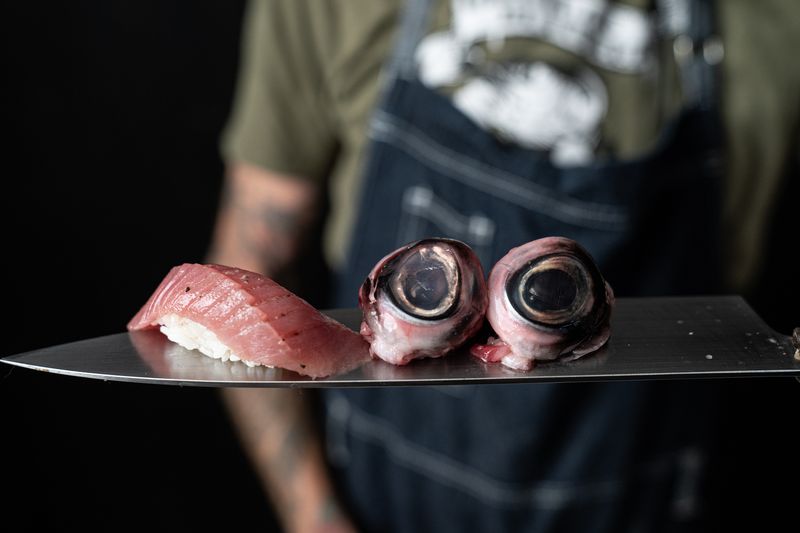
A true novelty in Japanese cuisine, these large, gelatinous spheres are exactly what they sound like—tuna eyeballs. Typically boiled and seasoned with soy sauce and spices, they offer a dining experience unlike any other.
The texture is a mix of chewy and soft, which can be challenging for some. However, their mild flavor, often likened to squid or octopus, is surprisingly approachable for the adventurous eater.
More about the experience than the sustenance, trying tuna eyeballs is a bold culinary choice. While some may revel in the thrill, it’s certainly not a dish for everyone.
8. Escamoles
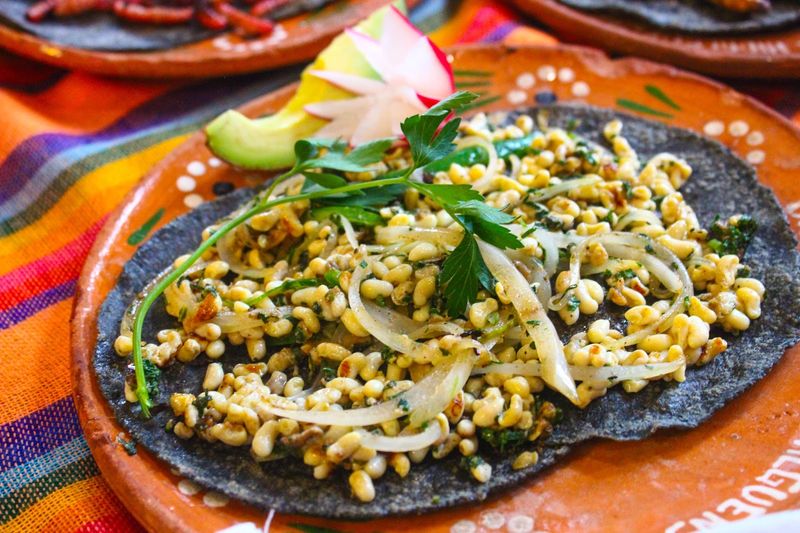
Referred to as insect caviar, this Mexican delicacy consists of ant larvae harvested from the roots of agave plants. Renowned for its delicate, nutty flavor, it’s a surprising treat for adventurous foodies.
The appearance is more reminiscent of pine nuts than insects, making it slightly more approachable visually. Often served with tortillas, Escamoles have earned their place as a gourmet specialty despite their unconventional origins.
For those unaccustomed to insect-based cuisine, the thought of eating larvae might be intimidating. However, Escamoles are celebrated not only for their unique taste but also for their sustainability as a food source.
9. Huitlacoche
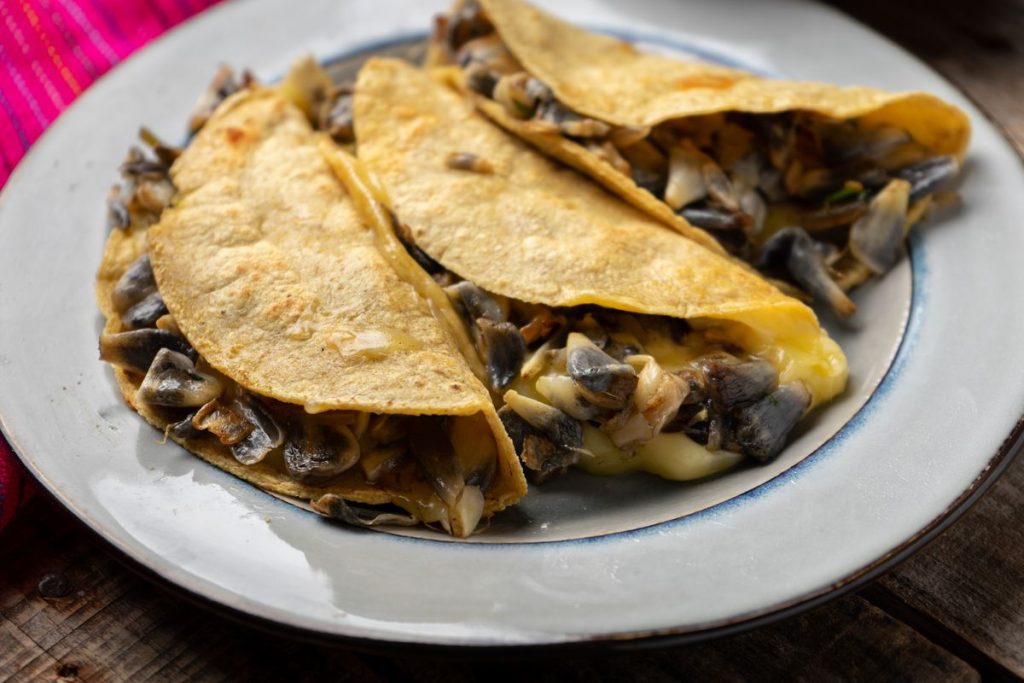
Huitlacoche, or corn smut, is a fungus that grows on ears of corn. This Mexican ingredient is prized for its earthy, truffle-like flavor.
The dark, mushroom-like appearance may deter some. However, its rich taste has found fans among gourmet chefs and adventurous eaters alike.
Embracing Huitlacoche requires an open mind and a willingness to explore unconventional flavors.
Leave a comment